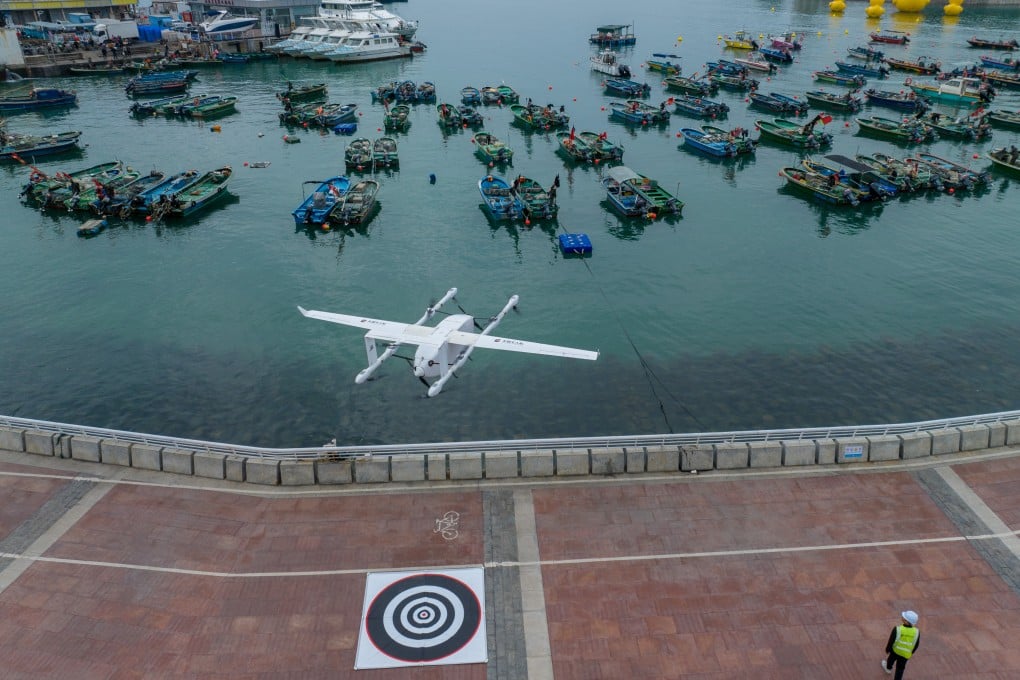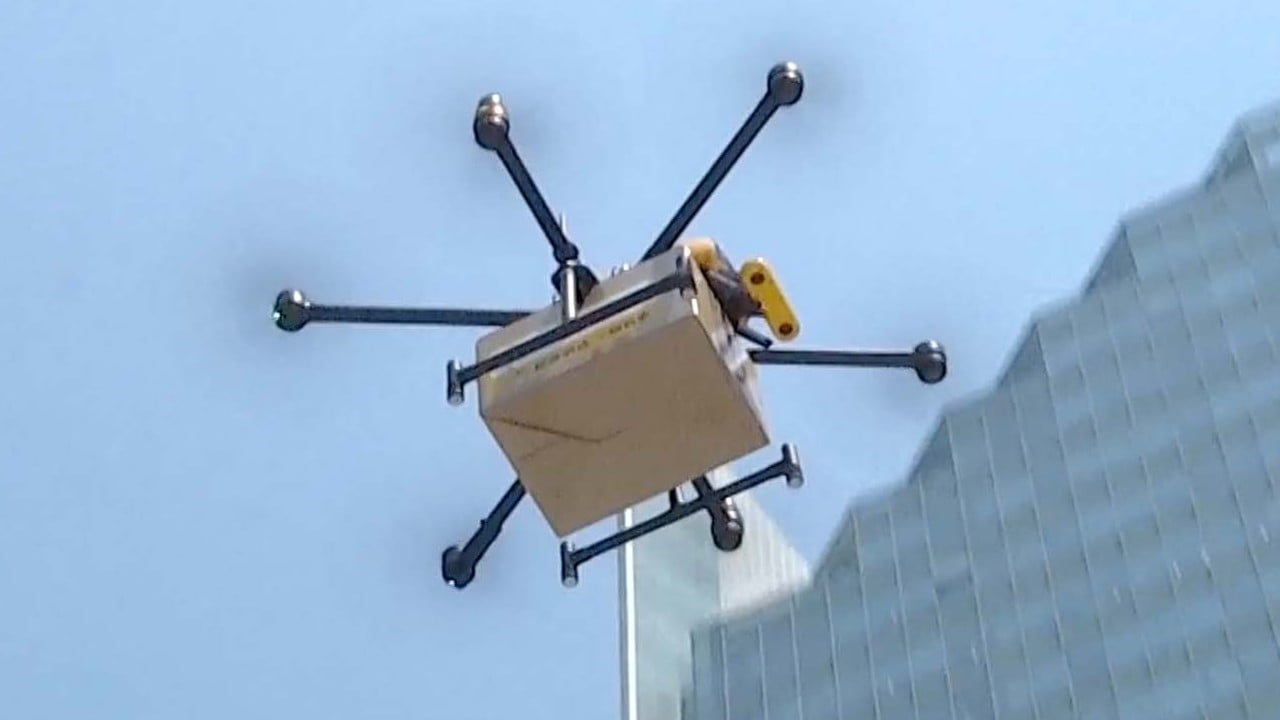Advertisement
Opinion | Flying taxis in Hong Kong? How to kick-start our ‘low-altitude economy’
- With nearby Shenzhen leading the way with drones and regulation, Hong Kong must seize the chances offered by this new economic driver for itself, the Greater Bay Area and regionally
- We can start with a regulatory ‘sandbox’, identify trial zones such as in the Northern Metropolis, and begin talent training
Reading Time:3 minutes
Why you can trust SCMP
3

Could there be a time when the commute between Hong Kong and Shenzhen takes only 10 minutes? When tourists could enjoy a 20-minute unmanned air tour of Shenzhen, Hong Kong and Macau? Or for Hongkongers to receive deliveries from Shenzhen’s megastores within 30 minutes?
Advertisement
Hong Kong has been trying to revive its post-pandemic economy but progress has been slowed by the global downturn. What new thinking is there to help boost our economy? On the mainland, the “low-altitude economy” – economic activities in airspace below 1,000m, such as the use of drones and flying taxis for transport, logistics and tourism – is increasingly seen as a new economic driver. Can Hong Kong’s economy take off with it?
A Chinese consulting firm recently put the country’s low-altitude economy at 2.5 trillion yuan (US$350 billion) in 2022, and this could double by 2025. Morgan Stanley projects that the global market for urban air mobility will reach US$1 trillion by 2040 and soar to US$9 trillion by 2050.
Shenzhen leads the low-altitude economy. Last year, it saw over 600,000 cargo drone flights, more than in any other Chinese city. Last December, it introduced 20 measures to bolster development of the rapidly evolving low-altitude economy, including rewards for newly established enterprises that engage in relevant research and development.
This month, new regulations came into effect in Shenzhen to promote its low-altitude economy, a first in the country. Its enthusiasm prompted Professor Harry Shum, council chairman at the Hong Kong University of Science and Technology Council, to envision 100,000 drones in the skies of Shenzhen soon.
Meanwhile, Britain is building the world’s largest drone superhighway network. Project Skyway aims to create a 265km (165 mile) corridor over Coventry, Rugby, Cambridge, Oxford, Reading and Milton Keynes for the use of flying cars and drones, with sensors installed on the ground to ensure safe operation.

Advertisement

